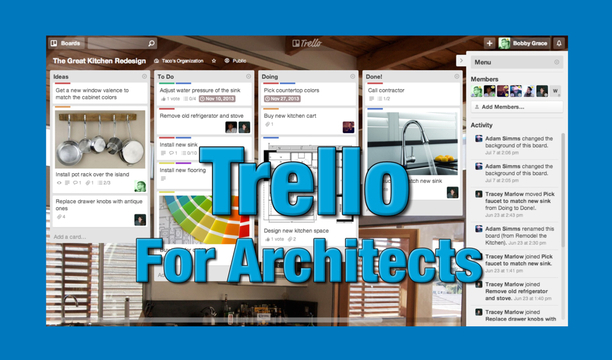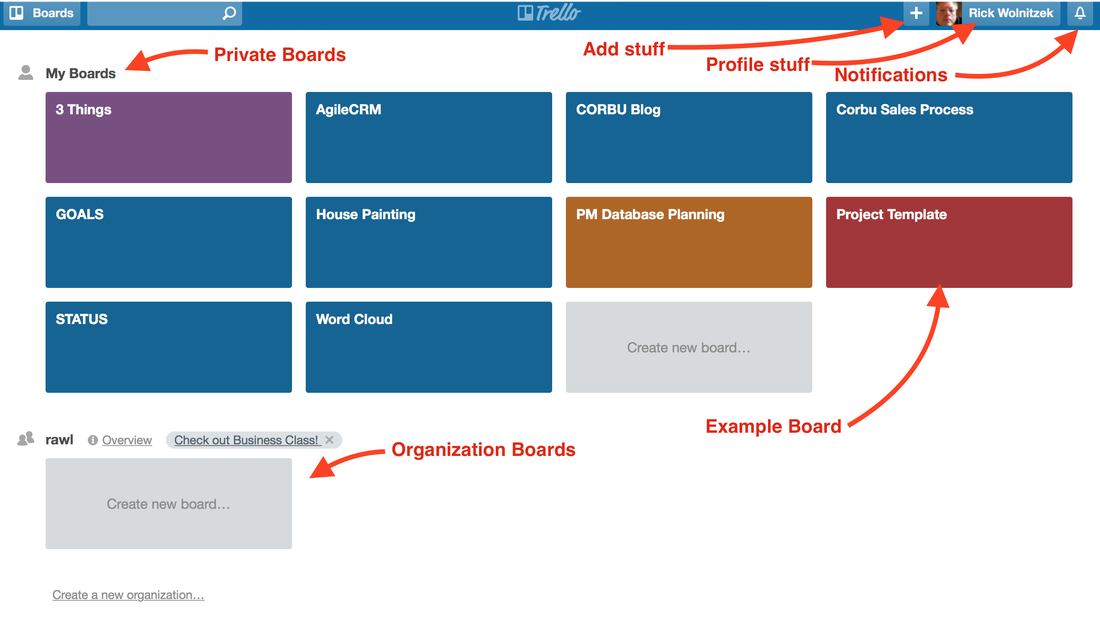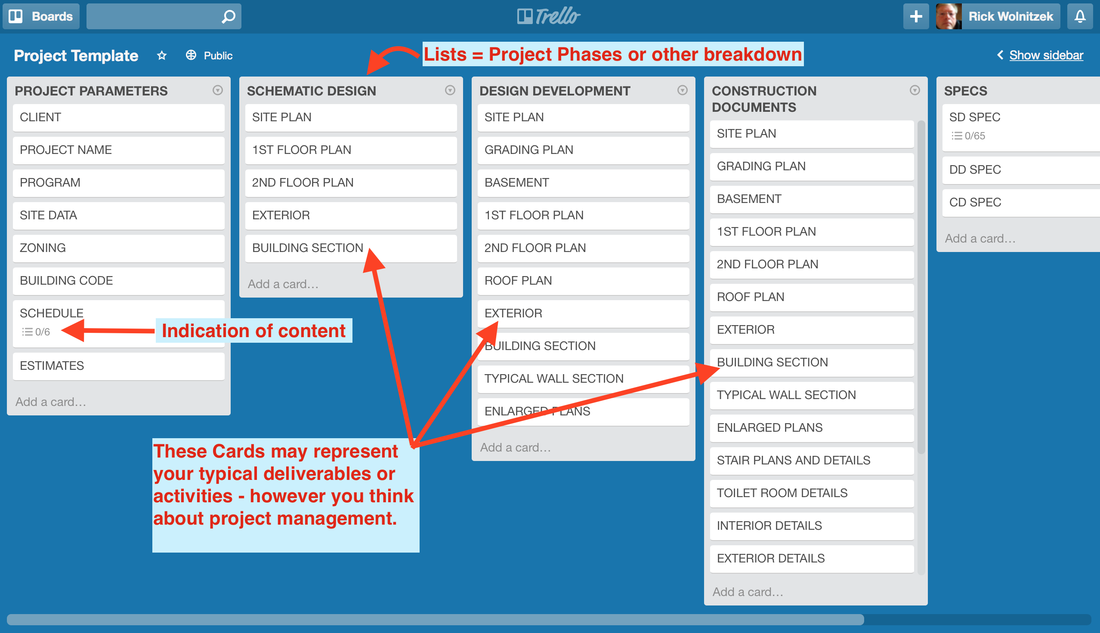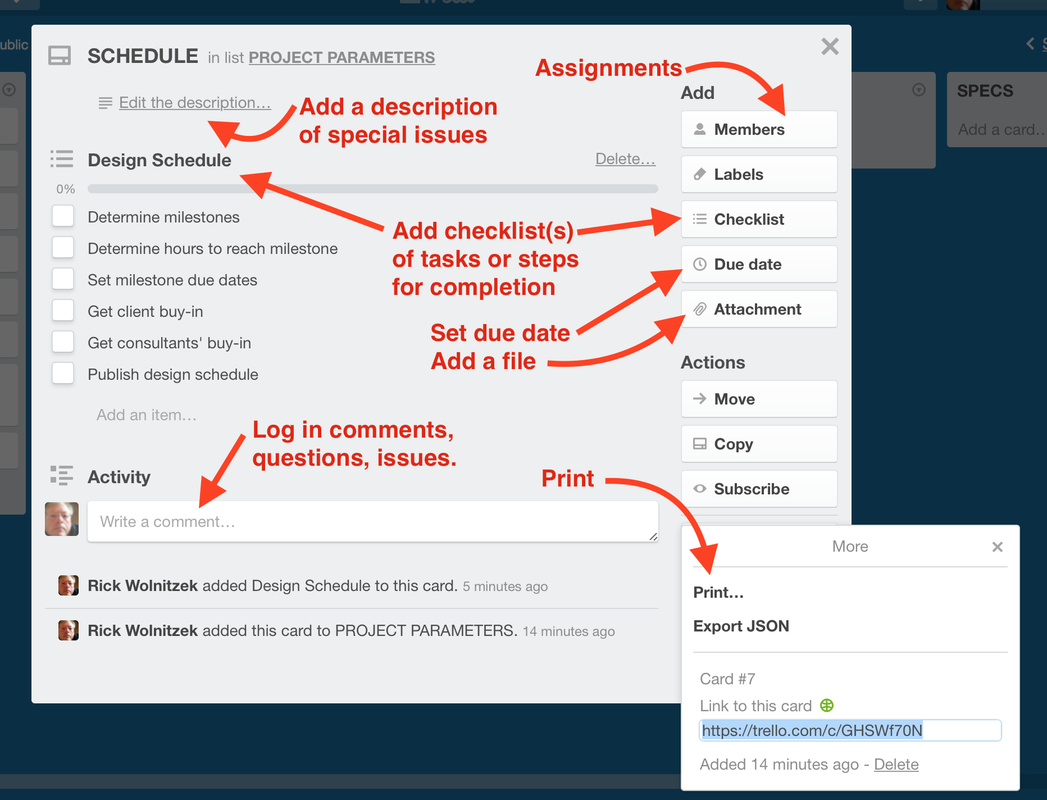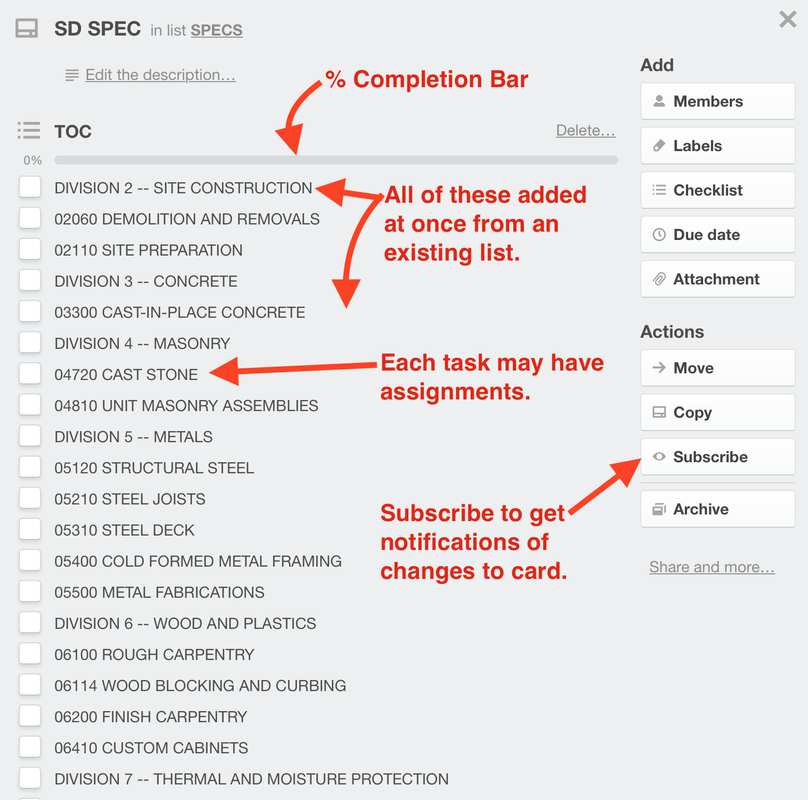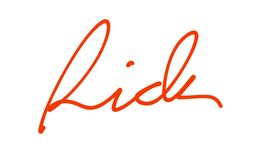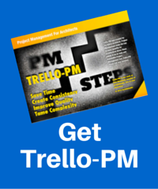Project Management for ArchitectsI like organization. Some of you would rather be attacked by fire ants. Here's a compromise that won't hurt much at all. I discovered Trello some time ago. I really got into it. I shared the post "You Probably Need Trello, Lucky It Is Free". I was using Trello for everything. And then ... Basecamp pulled me back into the fold. I really like Basecamp, both the app and the company that makes it. Basecamp is a great project management tool, and I used it a lot for architectural project management. So what changed? Recently I was kicking around the idea: How can architects manage everything with one app? I was thinking about this because of my other project, MyCorbu. I noticed that more firms than I would have guessed were using ArchiOffice. ArchiOffice does just about everything but BIM/CAD. The odd thing is that most of the users that I was aware of DID NOT love ArchiOffice. This is my guess as to why they don't like it: it is a very left-brained approach to management. ArchiOffice has decided for you how you should be organized. Your job is to learn the system. Doesn't sound like most architects, does it? So I started looking for a better solution by thinking about how several products that I was familiar with might work. I looked at Basecamp, AgileCRM, MailChimp, Trello, FileMaker, Evernote, and Podio. Podio and FileMaker are so plain vanilla that getting them to do what you want will take a year or more ... and end up being ArchiOffice. Evernote requires a search to find anything, and it can't show you the big picture. AgileCRM is great at the business development stuff and might be able to capture lots of project stuff too through easy customization. That is going to take a lot of planning. (More fire ants!) So I am down to Trello and Basecamp. I looked them both over and came to two conclusions. First Conclusion Architects need four systems: one for design, one for project management, one for business development and one for bookkeeping.* Second Conclusion Trello is the strongest candidate for architectural project management because:
So here is how I recommend implementing Trello. Start with whatever you are doing now. Convert your methods into a series of 'Lists' containing 'Cards' describing the main steps (see next graphic). If you have ever tried using Post-It notes on a white board to organize anything, Trello will feel very similar. Move stuff around, add, delete. Get your overall process outlined. From there you take advantage of Trello's special sauce - the details that each Card can hold. So you start with the broad strokes and add detail over time. Let me show you how I would use Trello. By the way this is a public 'board' so you can view it in more detail by going to Trello Project Template. You can get your free account here. The graphic above is what your Trello dashboard looks like. Each item would represent a project, either a design project or an in-house non-design project. You can distinguish between 'private' and 'organization' projects. The top menu bar is visible consistently. Note the search box and the pull down list of Boards in the upper left. Simple and easy navigation. For a project board (above) I would set up a list for each of the phases plus the project’s parameters. When you get your first project planned, copy it and customize it. The original is your template. The more you update the template, the easier the next project plan becomes. You might consider various templates for the different kinds of projects that you do. When you click on a Card (above), you have access to several kinds of detail.
Checklists (above) are easy to set up. Click to create one, name it, type in the tasks. OR — take a list you already have, copy it, and add it with a click. Here I took our master Table Of Contents for Specs and added it with one click. Now that it is part of the project template, all that is left is to update which sections apply to this project. That is one of my favorite ways to look for omissions in the drawings - review the specs TOC. You can put a copy here just for that purpose. You can convert Tasks in your checklists to Cards so you can add information to them. You can make assignments. Add comments for needed follow up on missing or incomplete content. That is pretty much all you need to know to get started. It seems pretty easy and pretty intuitive. Best of all, the software visually shows the organization that you have set up for the project. When a List or Card is complete, archive it so that what remains represents what is left to do. I think Trello helps you in two ways:
Give it a try. Trello by Fogcreek Software Since this post was first published, I have completed Trello-PM, an e-book describing in detail how to use Trello™ for project management. See a Sample. * Nowadays I would choose VectorWorks Architect, Trello,
MailChimp (combined with a blog), and MyCorbu respectively. ###
Nicholas Oculus
2/9/2015 06:17:08 pm
4 systems seem like too much. There are free collaboration and management suites which allow both to manage a project and to share and exchange files. For example, there's Bitrix24 (also good for quotes and invoicing), Freedcamp and so on. Just google it. 2/11/2015 05:56:04 am
I am just trying out Trello at your suggestion. I can see the benefit of how you are using it, but I am currently most concerned with figuring out which project I need to be working on next in order to keep them all moving. It looks to me as though having a separate board for each project does not allow you to see the due dates associated with each in one view. By putting all of the projects in one board, and treating each project as a "list", I can see upcoming meeting dates and deadlines for multiple projects in one view. When I get to using a project checklist system, perhaps I will repeat each project as its own Board so I can use a template as you've suggested.
Kevin
5/8/2015 05:44:50 am
The single board approach is how I use Trello for Architecture. I added yellow lables for the top three things I want to do today. I also add comments to document phone calls, emails, decisions about cards.
Rick Wolnitzek
2/11/2015 01:02:22 pm
Hallie,
Rick Wolnitzek
2/11/2015 01:23:39 pm
Nicholas,
Rick Wolnitzek
5/8/2015 05:50:37 am
Kevin,
Kevin Trout
9/12/2016 09:49:33 am
Rick,
Mark
9/16/2015 08:40:07 am
How would you rate this compared to Asana?
Rick Wolnitzek
9/24/2015 10:24:19 am
Mark,
Mark
9/24/2015 12:56:11 pm
Thanks a bunch for your feedback Rick! I've been looking at Trello for a couple of days and you're right about its visual appeal. It's an impressive interface as well as its smart phone functionality. I'd like to use it professionally and personally.
Rick Wolnitzek
9/24/2015 04:21:58 pm
Mark,
Mark
9/24/2015 04:58:21 pm
*two thumbs up* Excellent suggestions Rick, thanks a lot sir.
Rick Wolnitzek
9/24/2015 08:00:55 pm
You are too kind.
Patrick
9/12/2016 07:23:42 am
Hi, 9/12/2016 11:26:23 am
Patrick,
Patrick
9/13/2016 12:02:03 am
Hi Rick, 10/14/2016 04:02:58 pm
I disagree. Kanbanery is expensive. I have never found a way to manage the 700+ tasks of the typical architectural project. And it is not as easy as Trello.
Beth
11/22/2016 09:57:52 am
Is there a way to print all my boards (including their info.) in Trello? I have set up a board for each job, but my boss wants a printable list. :/ 11/23/2016 08:54:04 am
Beth, 11/23/2016 09:22:56 am
I forgot to point out that the real problem with printing out Trello Boards is that Trello is a relational database. The connections within the data can't be captured on paper. The connections are coded links. 12/15/2016 02:20:57 pm
I agree that 4 systems is a lot but I do like the flexibility of Basecamp 2. We start all of our projects in Teamgantt which syncs with Basecamp 2 creating both a Gantt chart and a list of to dos in Basecamp 2. You can make adjustments either in Basecamp or Teamgantt and sync either way. If you assign staff members to tasks and milestones with time you can get a look at your overall project schedule across multiple projects. We use Google Doc to create text documents and spreadsheets and store them in Google Drive. All of our time tracking and invoicing is done with Harvest which syncs with basecamp and Quickbooks online. I publish all Bid,Permit,and Construction Documents with a Transmittal on Dropbox. I keep the clients out of Dropbox and only ask them to communicate thru basecamp. I have reduced 80% of my email to conversations within a project.We use archicad for 90% of our design projects and publish transmittals and client phase sign offs from Archicad so there is a always a copy with the drawing file of what has been issued. All of our zoning sheets are completed in Archicad with PDF copies in basecamp.My firm was Archioffice firm for over 5 years and it was the worst piece of software with the worst customer support I have ever seen. As a firm we are good at software and this was a relic of a piece of software. Even beyond the instability and poor syncing there was no connection to the client. I will deal with the occasional problems with multiple platforms as opposed to the dead weight of Archioffice. I do not know Trello but I am interested in checking it out.We are a small firm and finding an interconnected schedule piece was key to our app based approach.My staff will kill me if I bring on more app in. Before I quit this rambling I also use Morpholio for architectural sketches on an Ipad Pro with an I pad pencil and take all of my meeting notes by hand on my Ipad pro using notability and I pad pencil .Notability is on all of my devices and sync perfectly. I post meeting notes and sketches to basecamp on the fly.I love hearing how people are navigating all of this. Stay flexible so you can stay remote. 12/16/2016 06:51:16 am
Christian, 12/16/2016 06:56:03 am
BTW regarding Harvest, do you send the invoices that Harvest produces or do you transcribe the info into another app?
Laurence
2/26/2019 08:49:23 pm
Thanks for all your insight gents. I'm a 17 year user of ArchiCAD and I've heard good reports about Trello, so methinks this time now without spending weeks & weeks on figuring out which software app I will use for PM I will go on my gut and the FREE incentive and roll with Trello. I also use EVERNOTE and OmniFocus. I wonder if Trello would make OmniFocus redundant for me 🤔 2/27/2019 06:30:01 am
Laurence, 1/16/2017 02:40:09 am
Hello Rick, thank you for all the information about Trello! We modify and sell the projects of typified simple house. Strong part of our workflow is discussing with client with trackable history. So on one side we of course need space for organizing tasks, notes and links 1/16/2017 05:28:10 am
Jaroslav,
Jaroslav Mares
1/17/2017 10:02:05 am
Rick, Comments are closed.
|
x
Archives
February 2024
Categories
All
|
Architekwiki | Architect's Resource | Greater Cincinnati
© 2012-2022 Architekwiki
© 2012-2022 Architekwiki
